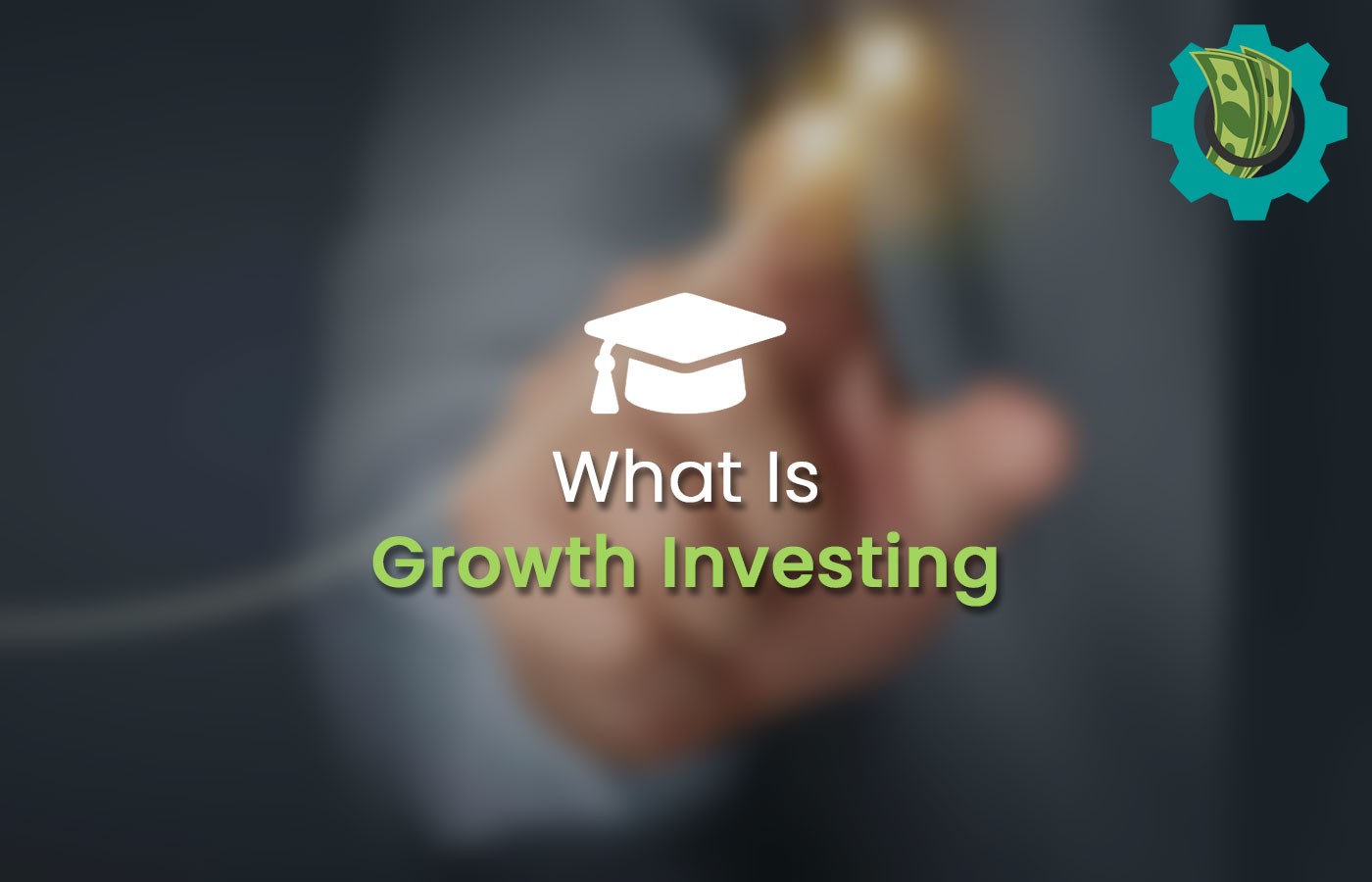[ad_1]
Growth investing has gained a lot of popularity over the decade or so. With technology stocks delivering massive returns, it’s easy to see why many investors have found this space far more attractive than its value investing counterpart.
But in 2022, a lot of these returns were wiped out on fears of economic turmoil, while value stocks have remained relatively stable. Apart from perfectly demonstrating the risks involved in making growth investments, the ongoing situation has many investors asking, is growth investing even worth it?
Let’s take a closer look.
What is growth investing?
Growth investing is a type of investment strategy focusing on buying shares with the potential for large capital appreciation. In other words, the investor believes the stock price will rise substantially in the future, generating profits.
Wells Fargo defines growth stocks as: “Growth stocks represent companies that have demonstrated better-than-average gains in earnings in recent years and are expected to continue delivering high levels of profit growth”.
With expectations of enormous future returns, the share price of a growth company often ends up trading at quite a lofty premium. This is where value investors lose interest since they are looking for buying opportunities where the share price is lower than the underlying intrinsic value of the company.
However, Warren Buffett, the world’s most famous value investor, argues the two strategies are incredibly similar. And it’s entirely possible for a growth stock to also become a value stock given the right conditions.
RELATED: 2 Warren Buffett growth stocks to buy
How to choose Growth stocks?
Given the elevated level of risk, growth investors are constantly trying to find the best companies to buy. After all, there are countless examples of growth stocks that gain initial excitement before plummeting as it fails to deliver on expectations.
The trick is to find the stocks that can deliver explosive performance for the long term. With that in mind, there are a few financial metrics that I like to look at when investigating a growth investment opportunity.
- Earnings per share – A consistently higher EPS increase than analyst expectations indicates growth potential.
- Profitability – A high profit margin for growth stocks opens the door to impressive cash flows.
- Sales growth pattern – A growing pattern in sales is the prime indicator of potential future growth.
- Return on equity – A good ROE indicates good operational capacity and shareholder value generation.
These four factors are obviously not enough to make a fully informed investment decision. And analysts will need to look a lot deeper into a business to identify a buying opportunity. But in my experience, these are a solid framework to eliminate a lot of the duds from consideration.
Growth investing: Pros and Cons
Growth investing is a strategy that focuses on companies with a significantly higher average rate of return than the market. Typically this class of stocks are found in new and emerging industries, which only amplifies the risk factors.
However, given the immense potential, these shares typically trade at a lofty premium that the business will need to grow into. As such, the slightest bit of bad news or sudden change in investor sentiment can send growth stocks plummeting.
Something else to consider is the lack of dividends. Since these businesses are often young, most of the capital going in is being reinvested. In other words, it can take years before shareholders start receiving any earnings in the form of dividends. And in some cases, share issues to raise capital can lead to enormous equity dilution putting further pressure on expensive investments.
This obviously doesn’t sound all that welcoming. So why is growth investing so popular?
In the long term, companies that are successful and meet expectations can deliver explosive returns. Some of the best examples of this include Amazon and Tesla, which have delivered more than ten-bagger returns to shareholders.
Should I buy Growth stocks?
While there are no guarantees, growth investing has been proven to be profitable for investors talented enough to spot amazing companies. But even the best businesses are prone to risk, and that makes growth stocks unsuitable for some individuals with a low-risk tolerance.
As an investor, when executing a growth investing strategy, I have to keep in mind that I am betting on a company’s future. And this investment style may take years to reach its full potential, assuming it doesn’t fail along the way.
Personally, I feel the risks are worth the reward. But before making any investment decision, I ensure that each portfolio candidate aligns with my financial goals. And that I fully understand how the company works, how it makes money, and most importantly, what risks I’d be exposing myself to.
A $630bn Monster Growth Opportunity
Make no mistake: the Medical Technology Revolution is happening!
- Robotic surgery procedures have increased by more than 800% since 2014.
- Telehealth usage has stabilised at levels 38X higher than pre-pandemic levels.
- Augmented Reality is becoming more common in the operating room.
… and it’s barely gotten started.
In fact, experts are predicting a $630 Billion surge by 2030!
Quite simply, we believe it deserves your attention today.
So please don’t wait another moment.
Discover this massive investment opportunity before it’s too late!
Saima Naveed does not own shares in any of the companies mentioned. The Money Cog has published a Premium report on Tesla Inc. The Money Cog has no position in any of the companies mentioned. Views expressed on the companies and assets mentioned in this article are those of the writer and, therefore, may differ from the opinions of analysts in The Money Cog Premium services.
[ad_2]
Image and article originally from themoneycog.com. Read the original article here.

